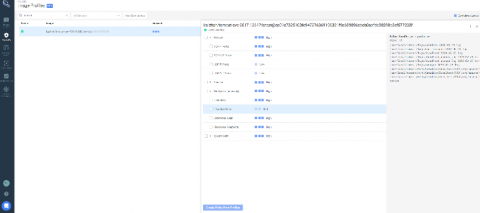Top 7 Questions to Ask When Evaluating a Software Composition Analysis Solution
Your open source usage is out of control. Sure, it’s helping you develop your product faster and getting new releases out the door in days instead of months, but now your code base is made up of 60% or more open source components. And that percentage is only growing. The application layer continues to be the most attacked, so you know you need to stay on top of vulnerabilities.











